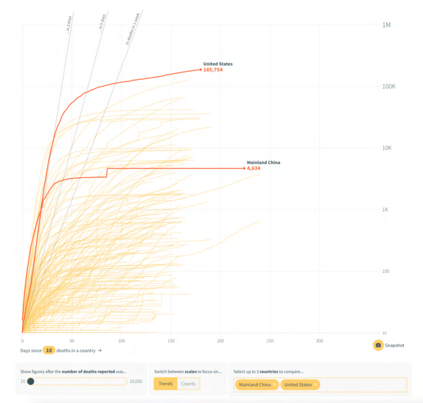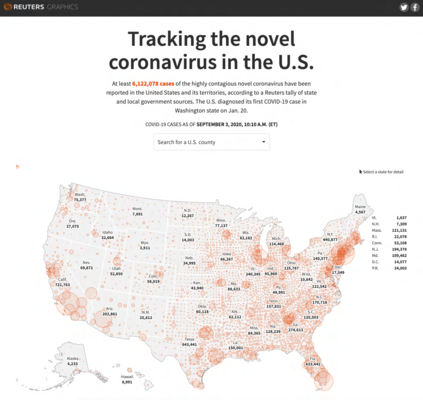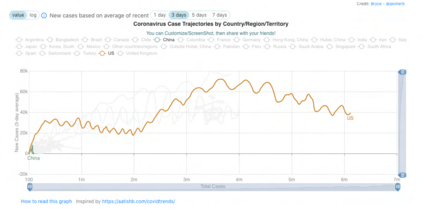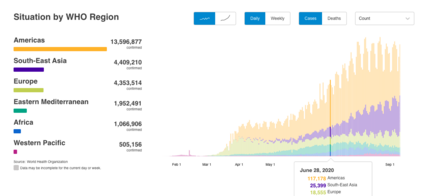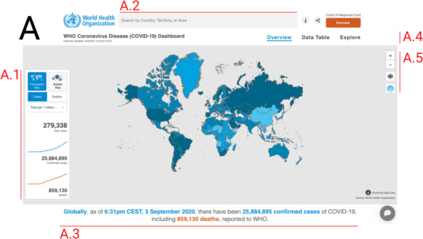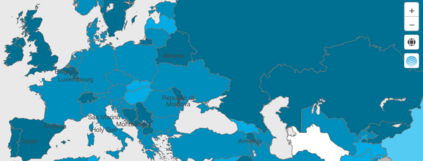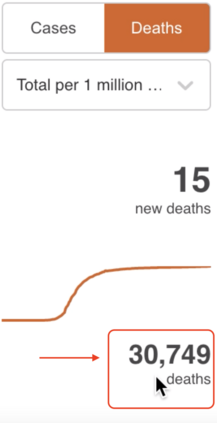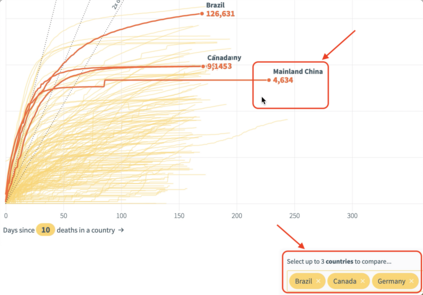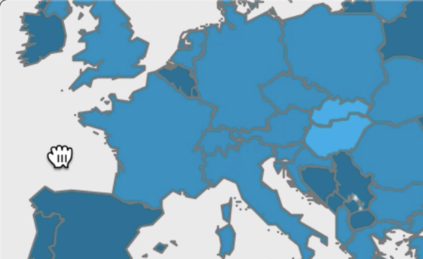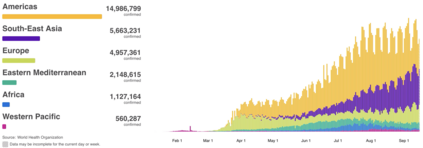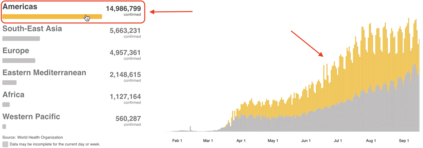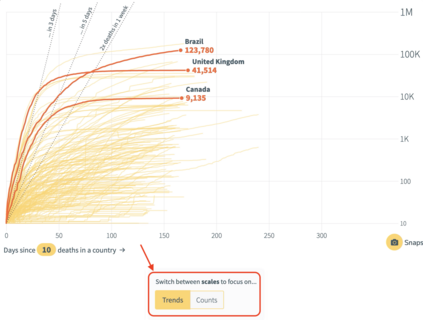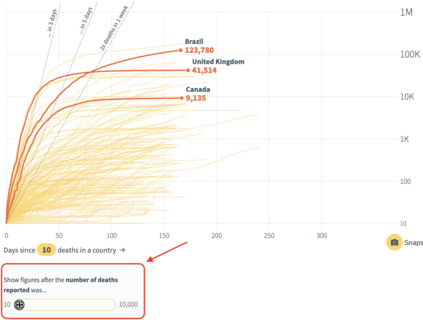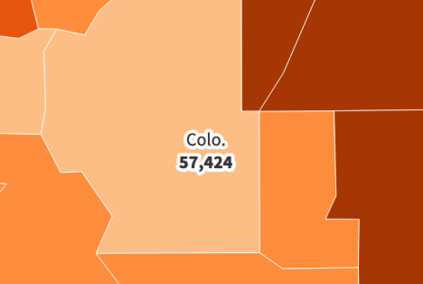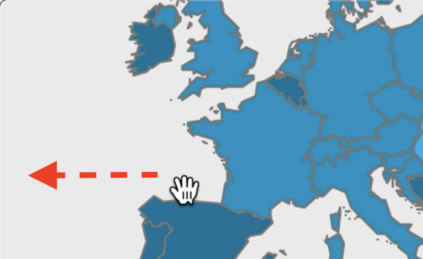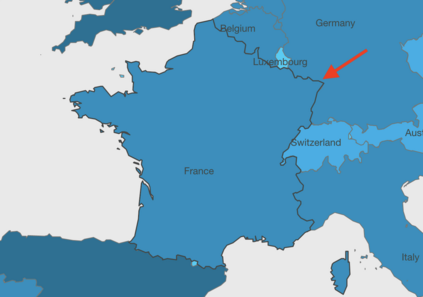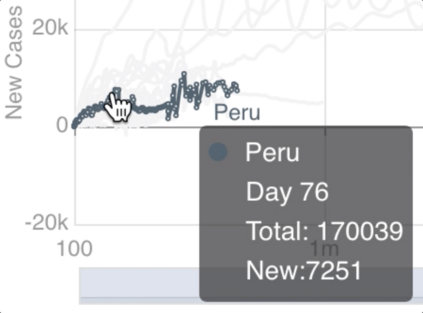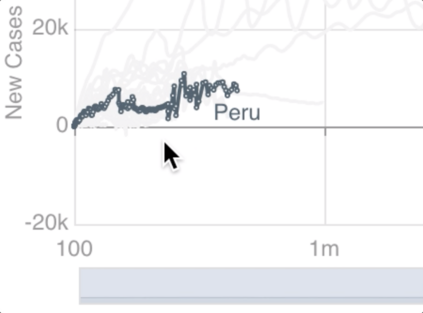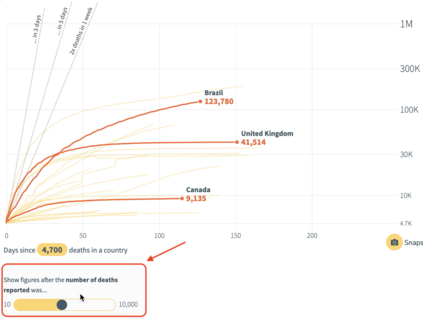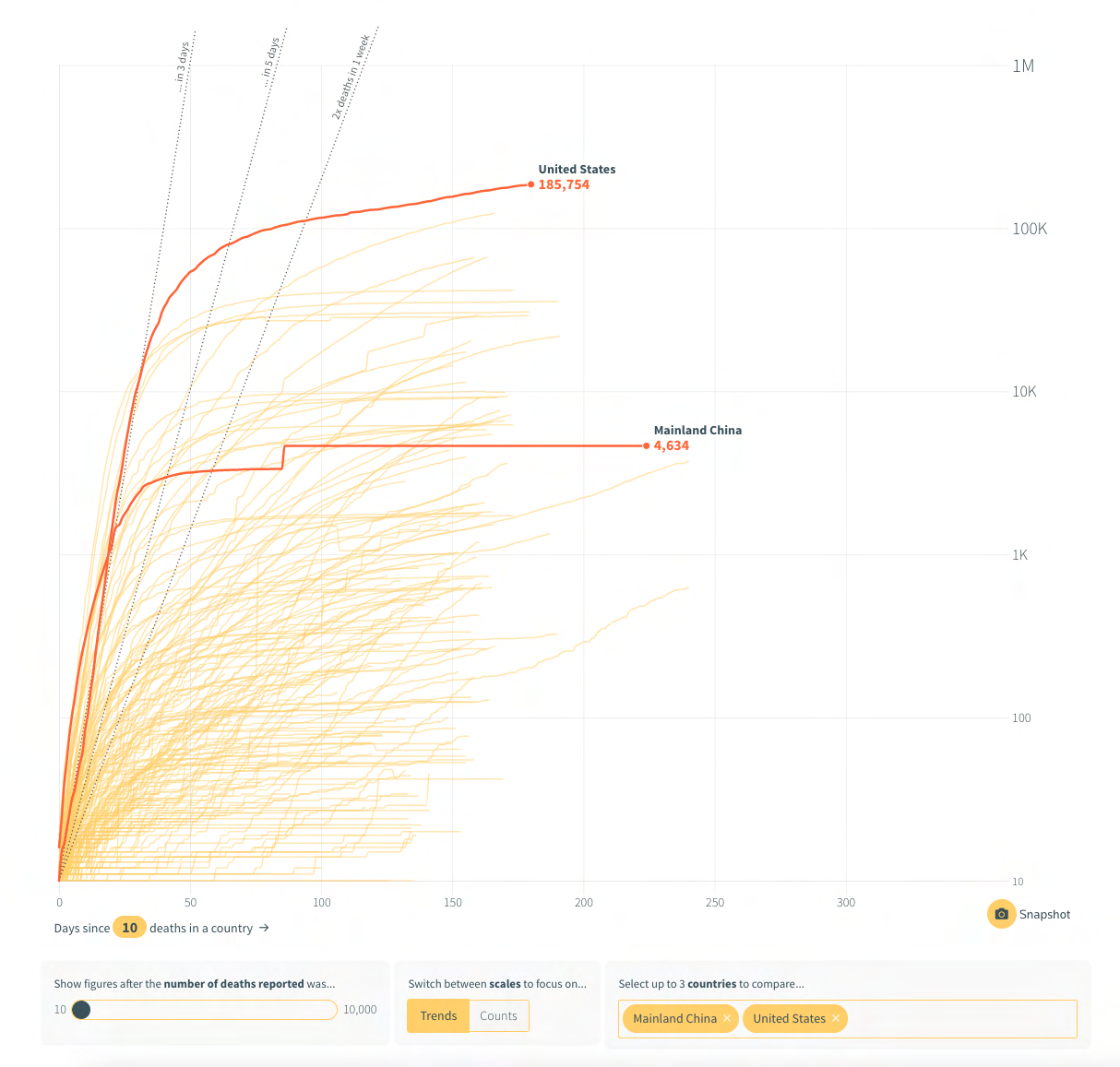Older adults have been hit disproportionally hard by the COVID-19 pandemic. One critical way for older adults to minimize the negative impact of COVID-19 and future pandemics is to stay informed about its latest information, which has been increasingly presented through online interactive visualizations (e.g., live dashboards and websites). Thus, it is imperative to understand how older adults interact with and comprehend online COVID-19 interactive visualizations and what challenges they might encounter to make such visualizations more accessible to older adults. We adopted a user-centered approach by inviting older adults to interact with COVID-19 interactive visualizations while at the same time verbalizing their thought processes using a think-aloud protocol. By analyzing their think-aloud verbalizations, we identified four types of thought processes representing how older adults comprehended the visualizations and uncovered the challenges they encountered. Furthermore, we also identified the challenges they encountered with seven common types of interaction techniques adopted by the visualizations. Based on the findings, we present design guidelines for making interactive visualizations more accessible to older adults.
翻译:老年人受到COVID-19大流行的打击格外严重;老年人最大限度地减少COVID-19和未来流行病的负面影响的一个重要途径是不断了解最新信息,这些信息越来越多地通过在线互动视觉化(如实况仪表板和网站)提供;因此,必须了解老年人如何与在线COVID-19互动视觉化互动并理解在线COVID-19互动视觉化,他们可能遇到哪些挑战,使老年人更容易获得这种视觉化;我们采取了一种以用户为中心的方法,邀请老年人与COVID-19互动视觉化互动,同时使用思想-语言协议来表达他们的思维过程;通过分析他们的思维-语言化,我们确定了四种思维过程,代表老年人如何理解视觉化,并发现他们遇到的挑战;此外,我们还确定了他们遇到的各种挑战,即通过视觉化采取的七种常见的互动技术。根据研究结果,我们提出了使老年人更容易获得互动视觉化的指导方针。

